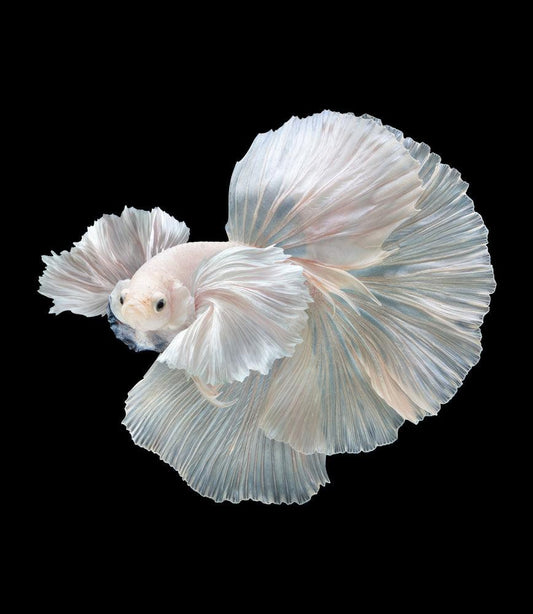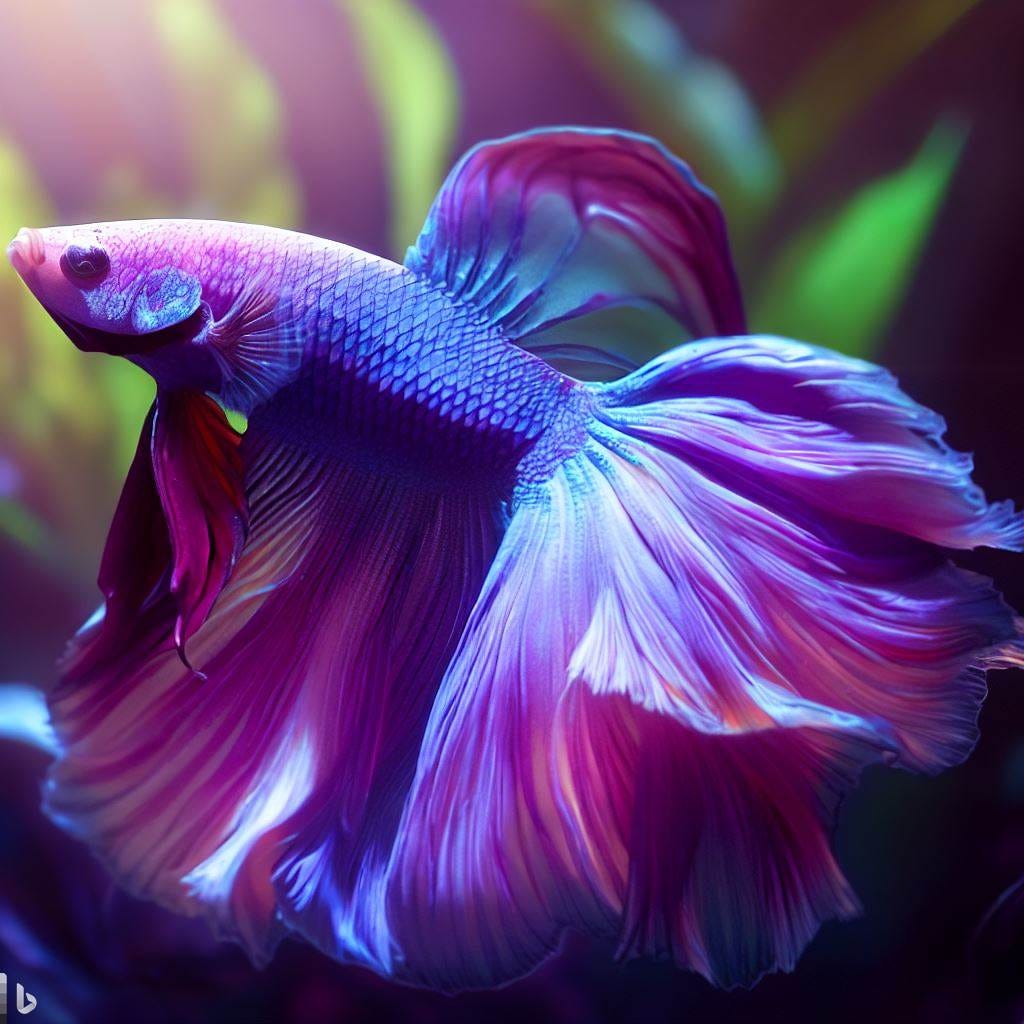Comprehending Betta Fish Actions: What Every Proprietor Ought To Know
Wiki Article
Just How to Breed Betta Fish Successfully: Professional Methods and Insights for Hobbyists Looking to Expand Their Betta Collection
Reproducing Betta fish calls for a nuanced understanding of genetics and ecological problems, making it vital for enthusiasts to come close to the process with both persistance and care. Developing an ideal reproduction atmosphere, choosing the best pairs, and observing the intricacies of their courtship behaviors are fundamental actions that can dramatically influence the outcome. Moreover, the succeeding care of the fry is vital for guaranteeing their healthy and balanced growth. As we discover these crucial components, it ends up being clear that successful breeding is not practically the first pairing yet incorporates a broader approach that merits careful factor to consider.Recognizing Betta Fish Genes
Comprehending the genes of Betta fish is essential for successful breeding, as it affects qualities such as color, fin form, and habits. Betta fish exhibit a varied array of shades and patterns, largely identified by their hereditary make-up.In enhancement to coloration, fin morphology is another significant element of Betta genes (betta fish). The shape and dimension of fins are affected by numerous genetics, consisting of those that figure out whether the fins are brief, long, or veil-shaped. Comprehending these genetic variants aids breeders forecast the phenotypic results of their children
Furthermore, behavior qualities such as aggressiveness and territoriality can additionally be influenced by genes. These actions play an essential role in the reproducing process, as they can influence generating success and the general temperament of the resulting fry. By thoroughly comprehending these genetic concepts, breeders can make informed choices, inevitably enhancing their reproduction programs and attaining desirable results.
Preparing the Reproduction Environment
Developing an optimal breeding setting is vital for the successful reproduction of Betta fish. The initial action in preparing this environment is to pick a suitable breeding container, ideally varying from 5 to 10 gallons.Following, take into consideration the use of a sponge filter or an air stone to provide mild water circulation without producing strong currents that can worry the fish. It is important to mount plants or breeding cones to provide hiding areas and advertise convenience for the female during the spawning procedure. Drifting plants, such as Java moss or water sprite, can likewise produce an extra native environment while assisting in bubble nest structure by the man.
Prior to presenting the reproducing pairs, make sure the water is conditioned and devoid of harmful chemicals, such as chlorine or heavy metals. betta fish. Regular water changes ought to be carried out to preserve ideal water quality, enhancing the chances of successful reproduction. With these prep work in position, the reproducing atmosphere will support the health and health of both Betta fish
Picking Reproduction Pairs
Choosing the right reproduction pairs is crucial for attaining successful Betta fish recreation. Healthy Betta fish exhibit lively colors, clear eyes, and energetic behavior.Personality is one more important factor to consider, as Betta fish are known for their hostile nature. It is advisable to pick a male and lady that exhibit compatible temperaments to lessen stress throughout the reproducing process. A tranquil male can motivate a smoother courtship, while a female that is as well hostile may interfere with the process.
Genetic history also plays a substantial role in the high quality of the spawn. Breeding fish that are genetically diverse can lower the risk of genetic wellness issues and improve the total vigor of the fry. It is valuable to research the family tree of both the man and female, concentrating on preferable attributes such as fin type, color patterns, and dimension.
The Reproduction Process
The breeding process of Betta fish needs mindful planning and interest to information to make certain a successful outcome. At first, it is essential to prepare an ideal breeding tank, ideally a 5-10 gallon fish tank with a temperature level kept at 78-80 ° F. The container needs to be equipped with a heater, filter (preferably sponge type to avoid strong currents), and plenty of marine plants for the female to conceal.When the atmosphere is set, introduce the picked reproducing pair to the container, permitting them to adapt. Observe their actions; the man will show fancy courtship rituals, including flaring his fins and building a bubble nest. If the female shows interest, she will display upright red stripes showing preparedness for spawning.
When the woman is receptive, both his comment is here will involve in a breeding accept, during which the male fertilizes the eggs. It is essential to monitor their interactions very closely, as the man might become aggressive. After generating, eliminate the woman to avoid potential injury. The man will tend to the eggs, which typically hatch within 24-36 hours. Maintaining optimal water problems during this period is essential for the growth of healthy and balanced Betta fry.
Taking Care Of Betta Fry

Feeding Betta fry is crucial, as they require a diet plan high in healthy protein. Originally, they can be fed infusoria or fluid fry food, transitioning to finely crushed premium pellets as they expand. Feed small portions multiple times a day to motivate healthy development without overloading site link the tank with uneaten food.

As they develop, check their growth very closely and separate any kind of aggressive individuals to prevent injury. By offering a supporting environment and appropriate nutrition, Read Full Report hobbyists can efficiently raise Betta fry right into vibrant, healthy fish, inevitably enhancing their reproduction undertakings.
Final Thought
Effective Betta fish reproduction needs careful interest to hereditary choice, ecological problems, and care for the fry. By comprehending the genes of Betta fish and preparing a suitable reproduction setting, hobbyists can enhance the possibilities of generating vibrant, healthy children. Picking compatible breeding pairs and very closely monitoring the courtship and spawning processes are crucial. Finally, offering ideal look after the fry guarantees their healthy and balanced development, adding to a successful Betta collection.Report this wiki page